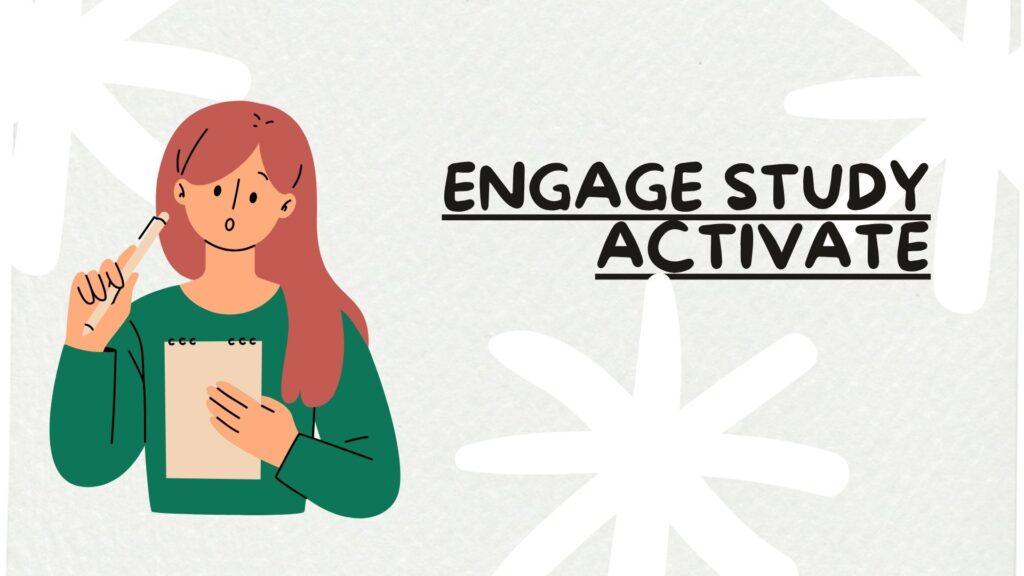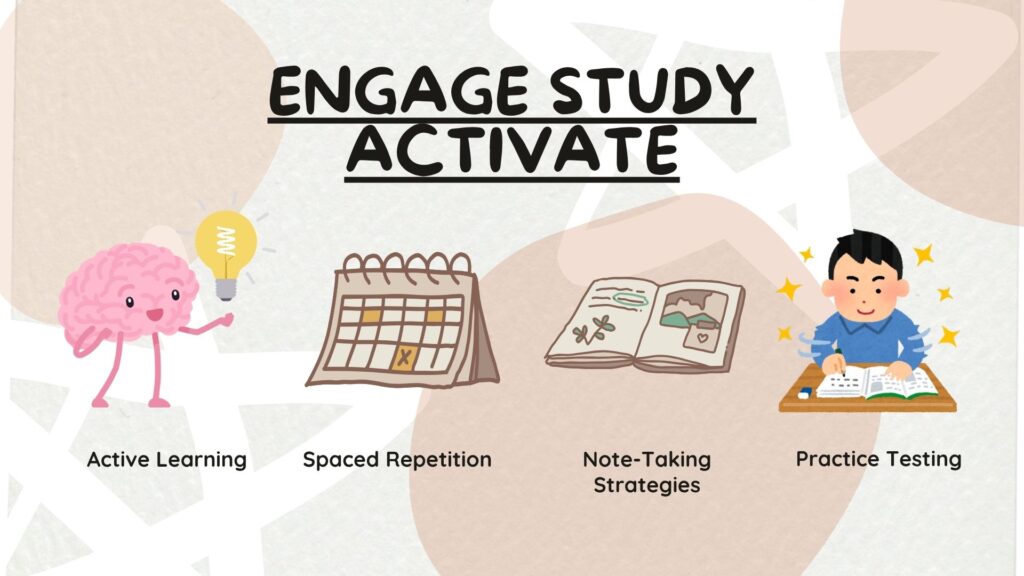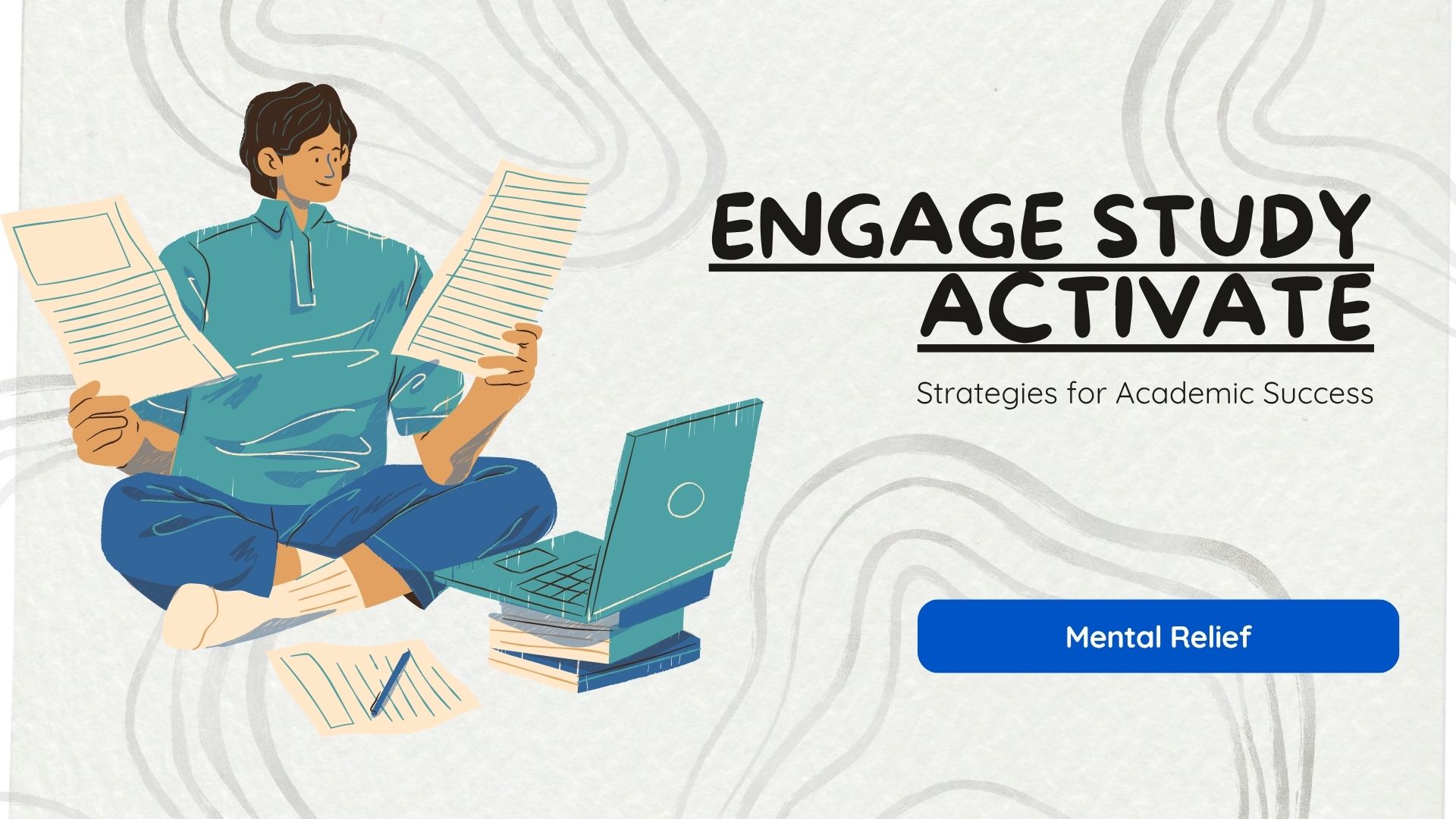Introduction
Teaching in the 21st century requires methods that go beyond memorization and rote learning. Students today learn best when they are actively involved in the process, motivated, and given the chance to apply knowledge practically. One widely recognized approach that fulfills these needs is the Engage Study Activate (ESA) method. Developed by Jeremy Harmer, ESA has become one of the most popular methodologies in TEFL (Teaching English as a Foreign Language) but is also highly effective in other subjects.
In this guide, we will break down what ESA is, how it works, its variations, and why it is considered one of the most effective teaching strategies worldwide.
What is Engage Study Activate (ESA)?
The ESA teaching method is based on three main stages:
- Engage – Capturing students’ interest, curiosity, and attention.
- Study – Focusing on language, rules, or concepts with structured practice.
- Activate – Allowing students to apply knowledge in creative and practical ways.
Unlike traditional methods where the lesson follows a rigid order, ESA offers flexibility. Teachers can move between stages depending on the learners’ level and classroom situation, which makes it adaptable for beginners, intermediate, and advanced learners.

The Three Stages Explained
1. Engage Stage
The Engage stage is all about sparking interest. Without motivation, learning becomes mechanical and less effective. Teachers use activities such as games, storytelling, pictures, songs, or short discussions to build a connection with the lesson topic.
Example: Before teaching the past tense, the teacher asks students to talk about what they did last weekend. This not only motivates them but also naturally leads into the target lesson.
2. Study Stage
The Study stage focuses on analysis and accuracy. Here, students learn the details of grammar, vocabulary, pronunciation, or subject-specific concepts. The teacher explains rules, corrects mistakes, and provides practice exercises.
Example: After the Engage stage, the teacher introduces past tense rules, shows examples, and gives worksheets where students practice changing verbs from present to past tense.
3. Activate Stage
The Activate stage is where students use the knowledge they gained in real-life contexts. The emphasis here is on fluency, communication, and creativity rather than perfect accuracy.
Example: Students role-play a situation where they talk about their last holiday using the past tense. Mistakes are allowed as long as they try to communicate naturally.
ESA Lesson Variations
Jeremy Harmer designed ESA to be flexible. Teachers can use different sequences depending on lesson goals.
- Straight Arrow ESA – A simple sequence (Engage → Study → Activate). Best for beginners.
- Boomerang ESA – Starts with Engage, followed by Activate, then Study, and Activate again. Great for intermediate learners who need correction after trying.
- Patchwork ESA – Combines multiple Engage, Study, and Activate phases in any order. Best for advanced students or longer lessons.
This flexibility makes ESA superior to rigid models like PPP (Presentation, Practice, Production).
Benefits of ESA Teaching Method
- Student-Centered Learning – Keeps learners active and motivated.
- Flexibility – Teachers can adapt lessons for different levels and topics.
- Balance Between Accuracy and Fluency – Study focuses on accuracy, while Activate promotes fluency.
- Engagement and Motivation – Fun activities in the Engage stage reduce fear and increase participation.
- Real-Life Application – Activate ensures students can use knowledge practically, not just in theory.

Practical Tips for Teachers Using ESA
- Start with activities that connect emotionally with students (pictures, music, short discussions).
- Keep Study exercises short and interactive rather than long lectures.
- Use games, role-plays, or debates in the Activate stage to build confidence.
- Mix ESA patterns depending on your students’ needs—sometimes a Straight Arrow is enough, while other times a Patchwork approach works better.
- Provide feedback positively, especially during Activate, so students don’t feel discouraged.
Conclusion
The Engage Study Activate (ESA) method is more than just a teaching model—it is a powerful way to make lessons interactive, effective, and enjoyable. By engaging students, focusing on structured study, and activating knowledge through practical use, ESA creates a balanced learning environment. Whether you are teaching English, science, or mathematics, ESA ensures that students are not only learning rules but also applying them confidently in real life.
For teachers looking to make lessons meaningful and motivating, ESA is a method that works across cultures, languages, and subjects.
FAQs
Q1: Who created the Engage Study Activate method?
Jeremy Harmer introduced the ESA methodology in his book How to Teach English.
Q2: Is ESA only for English language teaching?
No, ESA can be adapted for other subjects such as math, science, and social studies.
Q3: Which ESA variation is best for beginners?
The Straight Arrow ESA is most effective for beginner-level learners.
Q4: Why is ESA better than traditional teaching methods?
Unlike traditional methods that focus only on memorization, ESA combines accuracy, fluency, engagement, and real-life application.
Q5: Can ESA be used for online teaching?
Yes, ESA works well in both physical classrooms and online environments with digital tools like videos, quizzes, and breakout rooms.
